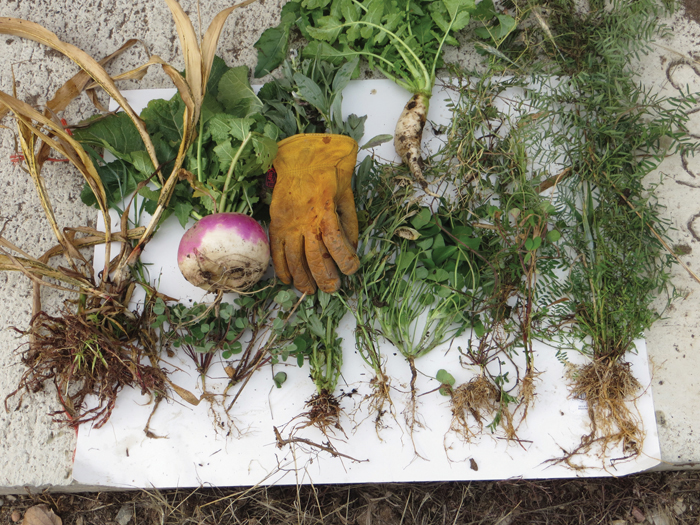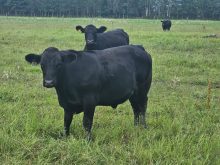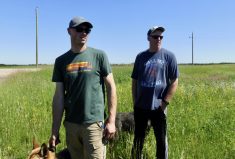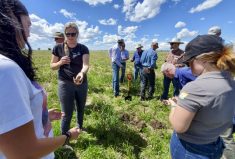In the U.S., fields left bare after corn or soybean harvest are prone to erosions and so ‘cover crops’ (such as rye, winter wheat or tillage radish ) live up to their name by covering and protecting soil.
In more northerly climes, including the Prairies, interest is focused on ‘cover crop cocktails.’
- More on the Alberta Farmer: Cover crops come with a long list of benefits
Using a diverse mixture of cool- and warm-season grasses and broadleaf crops can accomplish many things, including building organic matter, preventing erosion, adding nitrogen, accessing nutrients in the soil, and counteracting compaction.















